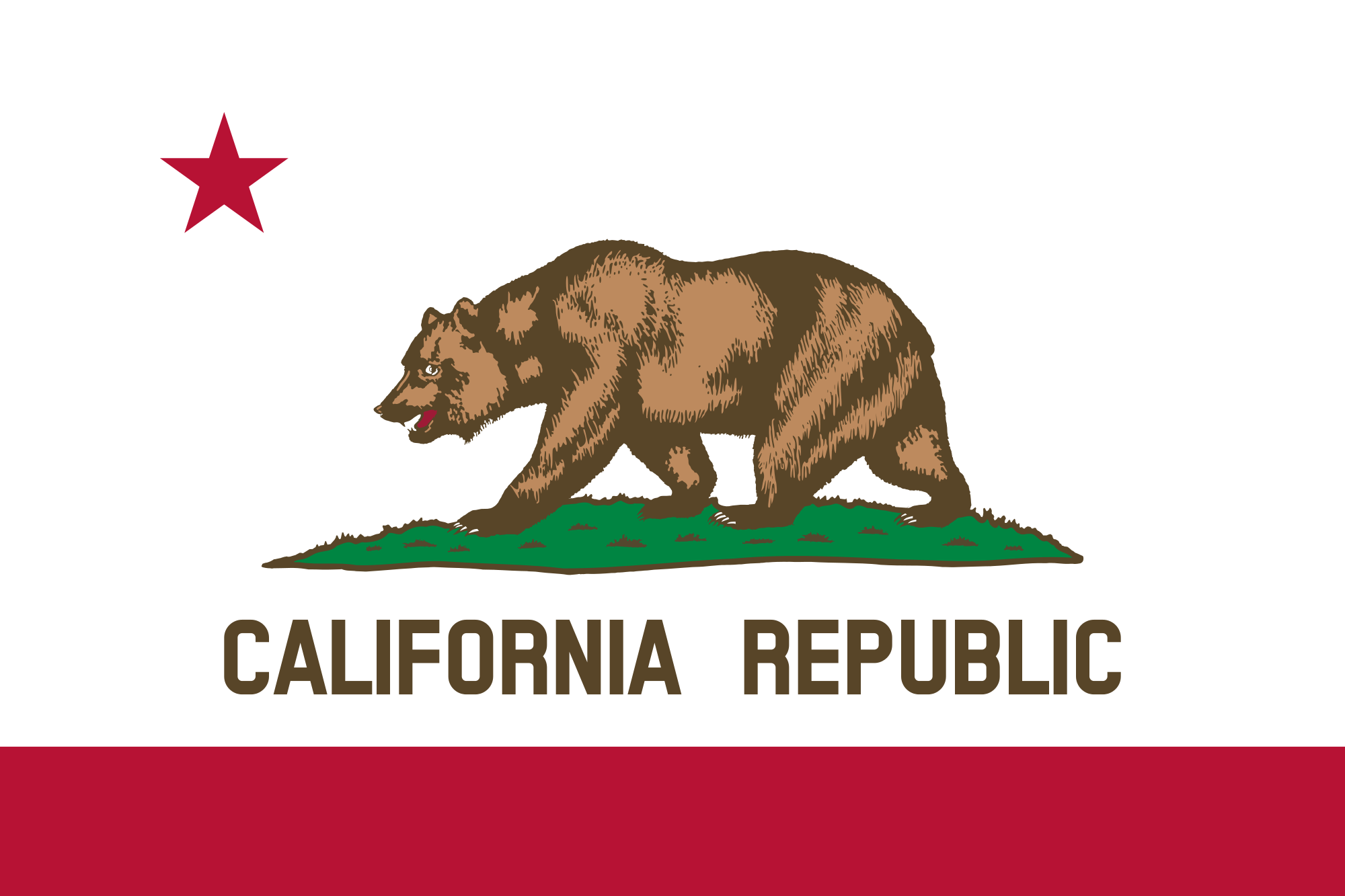Last week on Meet the Press, Gov. Jerry Brown repeated a stat that has become a mainstay when pointing to the California economy: Our state has added more than 2 million jobs since Brown took office in 2011.
The jobs claim was fact checked – and deemed true – by Chris Nichols of PolitiFact California. But it brought to light another quirk about jobs talk: The way we keep score when we discuss the state of the economy often fails to tell the full story.
If all we do is throw around stats like GDP and unemployment numbers, we can get an incomplete, or even distorted, picture of our state’s economic transformation and health. Simply discussing raw jobs numbers doesn’t accurately capture the economic transformation at hand or describe the economic well being of the average worker.
The California story is more nuanced than the top line statistics. We need a more advanced analytics to measure our true economic health – a sort of economic sabermetrics to help show us where we truly stand.
We’ve already seen this change in the way we talk about poverty. A few years back, poverty advocates realized that talking about income levels alone without taking cost of living variations into account didn’t offer an accurate picture of those struggling to get by. Today, the Supplemental Poverty Measure is widely seen as a more honest accounting of those who cannot meet basic needs for themselves and their families.
So, how can we do this for jobs numbers? We can start by breaking them down by sector and by region. Clearly, there is more work to be done here, but these numbers, I believe, give a more detailed picture of how the California economy has changed since Brown took office in 2011.
That’s not to say the jobs numbers are wrong, just that they’re incomplete. It is true that there is an abundance of good news surrounding the state economy compared to six years ago. The jobs numbers paint a portrait of robust economic health in California. The state’s unemployment rate has fallen from 12% to 5%, and it has fallen in every region in the state. In all, there are more than 2.3 million more people employed today than in 2011.
Our state’s GDP is above $2.4 trillion, making it somewhere between the 5th and 7th largest economy in the world.
But we also know that a higher GDP and lower unemployment rate have not translated into universal prosperity. Wages and productivity no longer rise together. Poverty numbers in our state are among the highest in the nation, and certain parts of our state are not recovering as quickly or completely as others. The Central Valley, for example, has some of the highest poverty rates in the nation, according to the U.S. Census Bureau.
A closer dissection of the jobs numbers offers some guidance here about to reconcile those facts when we start looking at changes in the types of jobs we’re creating, and where we’re creating them.
It should be noted that the forces at work in economic change are far greater than any individual politician or piece of public policy. There are macro trends afoot that we see manifest across our nation and around the globe. Automation has transformed industrial production, as has the movement of global capital. These changes began well before Brown was governor, and have continued during his tenure. Over the last six years, the California economy has continued to transform from one of production and manufacturing to one of healthcare, tech and other services.
In that time, the state’s warehousing sector has also boomed amid California’s role in global trade and changing trends in retail behavior that have led to warehouse growth. Overall, the sector has been the among the fasting growing in the state, growing by 26.7 percent in the last six years.
But job growth has been uneven around California. Looking at various metro regions across the state, jobs have grown in the Bay Area at a robust rate – about 25% faster than the state average in San Francisco and Santa Clara Metro areas.
It’s no surprise that San Francisco and Silicon Valley are growing faster than the rest of the state. And it probably won’t shock you to learn that the growth has been in the information and technology sectors. The construction boom has also added jobs in the City and surrounding areas. Also notable is the relative lack of health care service jobs in and around San Francisco. This sector, which has been a major source of new lower-wage work, is booming in nearly every other part of the state.
The Inland Empire is also adding jobs at an aggressive clip, with the San Bernardino/Riverside area adding jobs on par with the Bay Area. The Inland Empire added 246,300 jobs between 2011-2016.
The growth has been driven by the education and health care services sector, which has added nearly 49,000 jobs and accounts for 20% of all new jobs in the IE. Another bright spot has been a warehousing industry that has more than doubled in the last five year, and is responsible for 10% of all new jobs in the region.
Here are the five-year changes in some key sectors in the IE:
But the numbers also show job growth has been much slower in Southern California coastal counties, and the lower Central Valley. Job growth in Los Angeles, Orange and San Diego Counties was significantly slower than the state as a whole. Kern County job growth was just half of the statewide rate over the last five years.
In Los Angeles, more than 44 percent of all job growth was in the leisure and hospitality or health-care-services sectors, while the manufacturing sector continues to erode.
Here’s a look at sector growth in the Los Angeles Metro area over the same five-year span:
And here’s a glance at the Bakersfield metro area over the period:
Taken together, these charts show that not all job growth is created equal. The Bay Area is booming with new high-wage jobs, while much of the rest of the state is being led by lower-wage job growth. As the California economy changes its form, the economic engine of the state has moved North. Meanwhile, in parts of the state that are home to most of the population, the job growth has been below the state average and tends to be lower-wage work.






